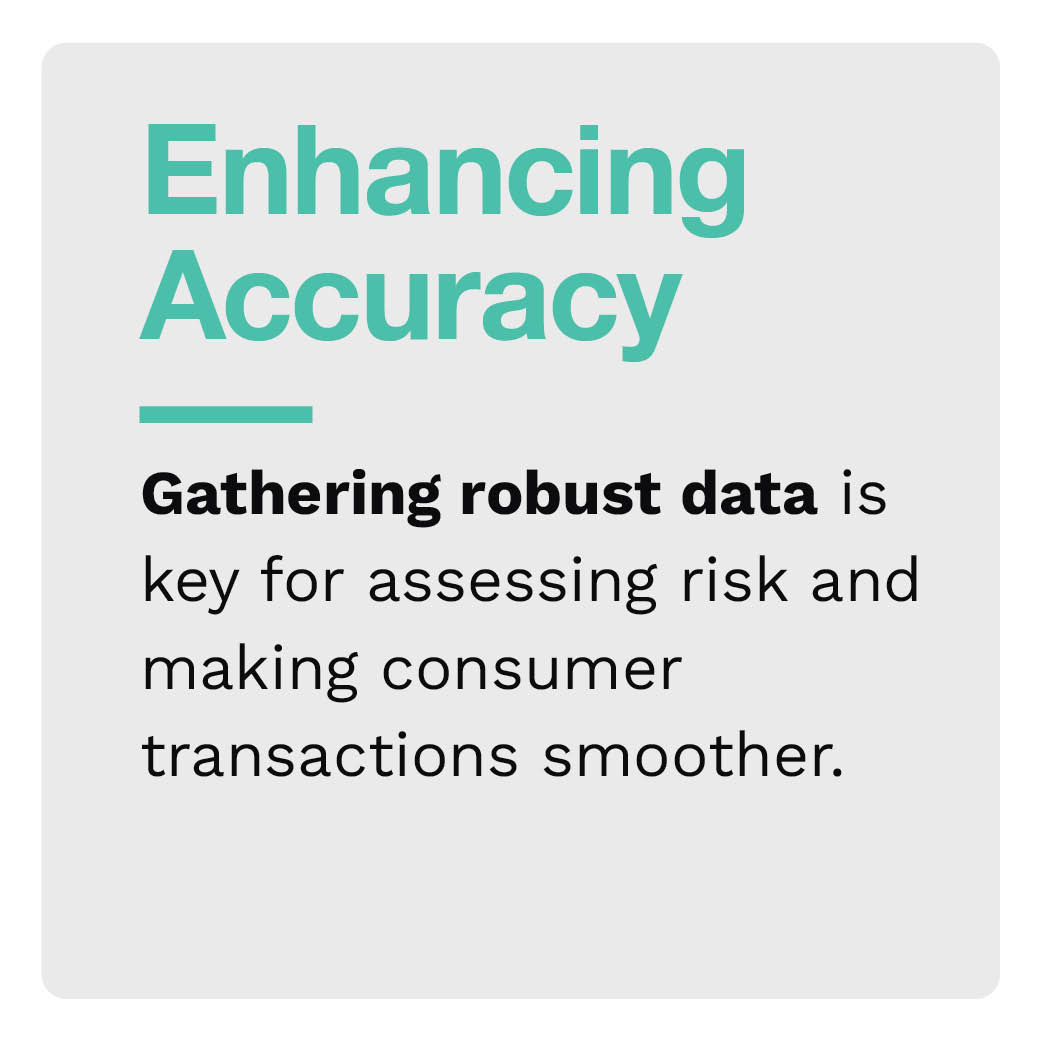What Global Merchants Need to Know About Boosting Cross-Border Sales

Global merchants in eCommerce are grappling with countless challenges and opportunities in today’s digital era. Against this backdrop, building a thriving cross-border business demands a comprehensive strategy that navigates complexities while capitalizing on avenues for growth.
 The concept of “good authorization hygiene” emerges as a pivotal tool that merchants — especially those with recurring revenue business models — can leverage to optimize customer authorization rates when conducting global transactions. The crux lies in recognizing the 20-plus points of failure within the eCommerce space, which demands a multifaceted approach, including strategic partnerships.
The concept of “good authorization hygiene” emerges as a pivotal tool that merchants — especially those with recurring revenue business models — can leverage to optimize customer authorization rates when conducting global transactions. The crux lies in recognizing the 20-plus points of failure within the eCommerce space, which demands a multifaceted approach, including strategic partnerships.
These are some of the key challenges and insights detailed in “Incremental Changes, Big Impact: Four Ways Global Merchants Can Optimize Digital Conversion Rates,” a PYMNTS Intelligence and Worldline collaboration. In this eBook, part of the Worldline Payments Consultancy Masterclass Series, industry experts delve into these challenges, offering key insights into the pathways for online sellers to thrive in an increasingly competitive cross-border commerce ecosystem.
Other findings from the eBook include:
 Seamless online payment strategies empower direct suppliers in the travel space.
Seamless online payment strategies empower direct suppliers in the travel space.
In the wake of a post-pandemic resurgence in the travel industry, direct suppliers have adjusted and reinforced their strategies. Capturing consumer attention and spending is fraught with complexities, particularly when managing payments across diverse geographies, currencies and distribution channels. Against this backdrop, global merchants must unify the user experience. This is a crucial step, along with adopting self-service models, diverse payment methods and new technologies that can heighten service and convenience.
Optimizing authentication requires balancing security and user convenience.
Striking the right balance between providing robust security and a smooth user experience remains challenging for online sellers. At the heart of this challenge lies authentication and knowing your customers. Gathering the right information allows global merchants to better assess risk, create smooth user experiences and enhance authentication accuracy. Adapting processes to suit consumer preferences and diverse regional regulations is also critical.
Global merchants must address foreign exchange (FX) costs to safeguard margins and sales.
Selling in multiple markets means accepting and managing a broad range of currencies. Global eCommerce merchants must be aware of hidden FX costs. Transparency is key, because a lack of transparency can cause consumers to back out of a purchase. While transparency is important, it is not enough. Eliminating friction in the transaction process is another critical aspect. Consumers who must navigate multiple tabs to get FX information may be put off from the transaction.
Building a thriving cross-border eCommerce business requires addressing challenges. Optimizing authorization rates, simplifying travel processes, ensuring secure yet user-friendly authentication and tackling hidden FX costs are fundamental pillars of success in the global eCommerce landscape. Download the eBook to learn more about how global merchants are taking advantage of the unprecedented opportunities of eCommerce.


